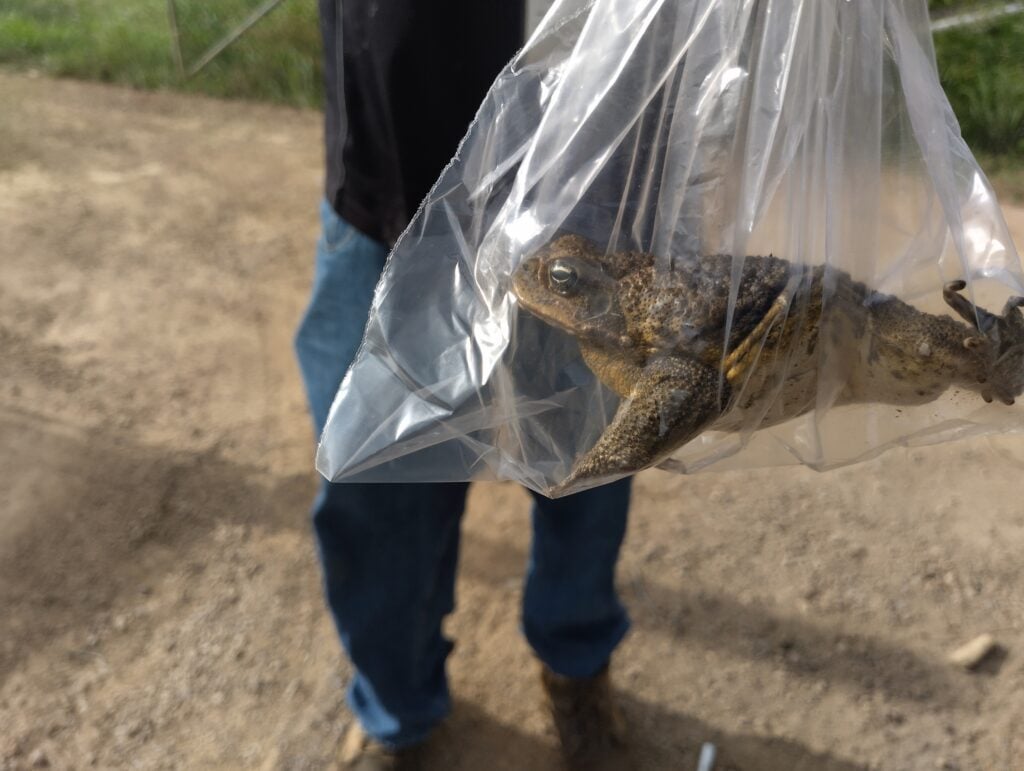
A toxic hitchhiker has been captured in one of Australia’s most remote and pristine islands in Far North Queensland.
The live cane toad discovered on Saibai Island in the Torres Strait has marked the furthest north the pest has spread in Australia – sparking alarm and urgent action by local rangers.
While not a first for the region, it is the first time a cane toad has been found on the outer island of Saibai.
It is suspected the rogue toad hopped aboard a vessel from the north or south and survived the sea voyage undetected.
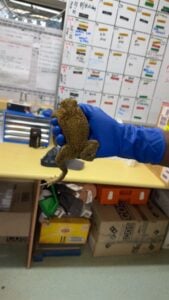
The Torres Strait Regional Authority (TSRA) took action with its Mura Buway Rangers spotting the hitchhiking pest at the local wharf and capturing it to stop the spread.
The discovery marks a troubling – and unwanted – milestone for the remote region ahead of wet season.
It is one of the very rare incidents that cane toads – an invasive, introduced species – have reached any of the 14 outer islands of the Torres Strait.
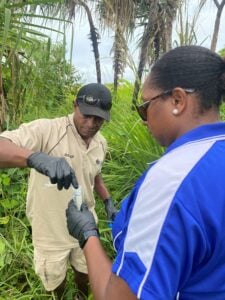
TSRA Mura Buway Ranger David Garama said teams had been working day and night since the toad was caught (12 September).
“This cane toad is a first for us on Saibai but not the kind we celebrate,” Mr Garama said.
“TSRA Rangers jumped straight into action by alerting community, running night patrols and stepping up cane toad monitoring beyond our regular schedule.
“Our islands are precious and we know once cane toads impact our environment, the damage can’t be undone.”
Adding to the alarm, a recent water sample has also detected cane toads on Ugar Island.
Further tests are underway to confirm the result while rangers carry out night surveyance to check for adult toads and any signs of breeding.
There are concerns the pest may be silently spreading across the culturally and environmentally rich region.
Culturally significant species such as the crocodile, frilled-neck lizard, goanna (Australian varanids), great egret and Papuan black snake are feared to be among the most at risk if cane toads spread to the islands.
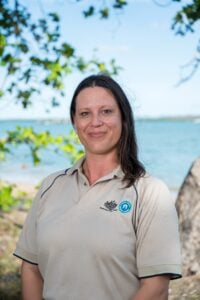
TSRA Environmental Management Program Manager Billie Roberts (pictured) said rangers were using a growing toolkit of scientific techniques, including eDNA kits to get on the front foot in the fight.
“eDNA sampling has been used in the Torres Strait for nearly a decade and has become a valuable tool for our rangers in the early detection of invasive species like cane toads and invasive fish (Snakehead),” Dr Roberts said.
“We’re also working closely with Biosecurity Queensland and local councils to explore strategies beyond trapping and night surveillance – looking at how we can respond quickly and prevent cane toads from establishing in new areas.”
Cane toads were first officially recorded on the inner islands of the Torres Strait in the 2000s, but are yet to establish themselves on the pristine outer islands.
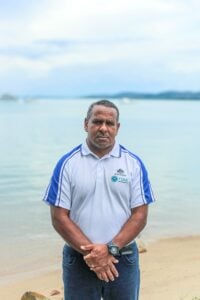
TSRA Chairperson and former biosecurity officer George Nona (pictured) said an immediate, joint response was needed from the mainland to the islands.
“We must stop cane toads reaching the outer islands of the Torres Strait before it is too late,” Mr Nona said.
“This is a genuine call to action. Cane toads could devastate our island communities, wipe out native species and threaten our culture and way of life.
“These uninvited guests can hitch a ride in dinghies, hide in workboots and jump on commercial ships transporting goods including building material.
“We need everyone travelling between the mainland and the Torres Strait including locals, tourists, tradies and transport companies to check for cane toads.”
He said island communities were also key in the battle against the introduced pest.
“Our strength is that communities and rangers are the eyes and ears of Zenadth Kes (Torres Strait),” he said.
“I urge yumpla (everyone) to keep an eye out and report any cane toad sightings to TSRA Rangers, Biosecurity Queensland or local council straight away.
“Please help keep our beautiful islands cane toad-free.”
Remember to check your load. Don’t carry a toad!
Report any cane toad sightings to your local TSRA Rangers, local council or Biosecurity Queensland.
For identification, community members can take a photo or contain cane toads in bucket or container for collection – if safe to do so – and should wear gloves, glasses and long sleeves.
Learn more at www.tsra.gov.au
About cane toads in the Torres Strait
The Torres Strait outer islands are among few Queensland locations that are still cane toad-free.
TSRA Rangers use eDNA kits to test bodies of water for the pests and collect genetic material such as skin cells, faeces and bodily fluids left behind by animals. This is then lab-processed by scientists on the mainland to determine if cane toads are present.
These four-legged hitchhikers cannot reach the islands unassisted, instead hiding in boats, cargo and vessels as people travel from the mainland or PNG, where cane toad populations are established.
Cane toads can harm local wildlife including fish, reptiles and birds if swallowed. This poses an immense threat to the cultural ecosystems and ways of life for Torres Strait Islander communities.
Cane toads can lay up to 30,000 eggs at a time and even tiny tadpoles can carry enough toxins to harm water and shore birds feeding in freshwater wetlands.
Cane toads are not only toxic to their predators, but are also aggressive competitors, often displacing native fauna species from their preferred habitat.
About TSRA
Located in the nation’s far north, the Torres Strait Regional Authority (TSRA) is one of the most remote and unique federal government agencies.
Established on 1 July 1994, TSRA is a statutory body and the lead Commonwealth agency in the Torres Strait for Indigenous Affairs, operating under the direction of a community-elected board.
As one of the most remote Australian Public Service (APS) agencies, TSRA supports programs across the region, including for 17 inhabited islands of the Torres Strait and the communities of Bamaga and Seisia on the Northern Peninsula Area of mainland Australia.
It supports programs across the region, including for 17 inhabited islands of the Torres Strait and the communities of Bamaga and Seisia on the Northern Peninsula Area of mainland Australia.
TSRA’s Environmental Management Program – delivered by its Land and Sea Management Unit –aims to protect the ecological complexity and biodiversity of the Torres Strait region and recognise the strong and enduring connection of people to their islands and sea.
This program supports job opportunities for local people to combine traditional knowledge and Western science to care for land, sea and culture, including as rangers.
The TSRA Rangers started in 2009 with one ranger group on Mabuiag and has grown to 13 Ranger groups across 14 Torres Strait communities (13 islands) – supporting up to 60 ranger roles, including female rangers.
The Torres Strait region is the northernmost part of Australia and includes the communities of Bamaga and Seisia in the Northern Peninsula Area to the outer Torres Strait islands bordering Papua New Guinea. The 48,000 km² area includes more than 270 islands and reefs.

